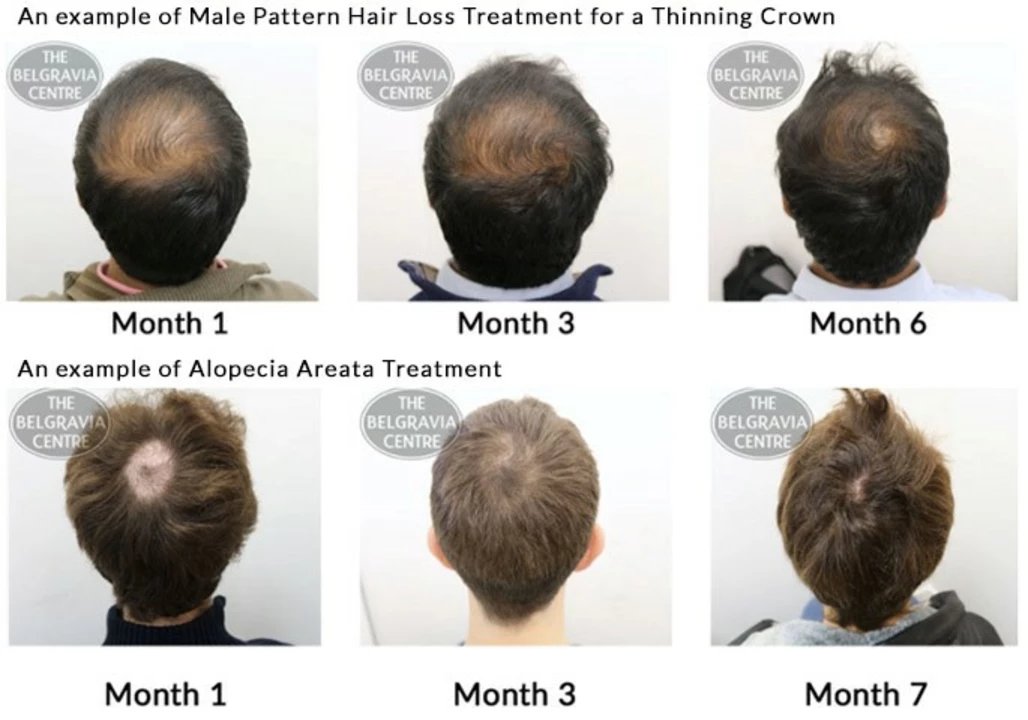Androgenic Alopecia: What It Is and How to Fight It
If you’ve noticed a receding hairline or thinning crown, you’re probably looking at androgenic alopecia. Most people call it male‑pattern baldness, but women can get it too. The condition shows up when hair follicles shrink because of the hormone DHT (dihydrotestosterone). Shrinking follicles make hair thinner and eventually stop growing.
Genetics are the biggest driver – if close relatives went bald early, chances are higher for you. Age matters as well; most folks start seeing changes in their 20s or 30s, but it can appear later. The pattern is usually predictable: men lose hair at the temples and top of the head, while women see overall thinning across the scalp.
Common Treatments That Actually Work
The first line of defense for many is minoxidil. It’s an over‑the‑counter liquid or foam you apply to the scalp twice a day. Minoxidil widens blood vessels, giving follicles more nutrients and often slowing loss. Results can show up after three months, but you need to stay consistent.
If you’re looking for something stronger, finasteride is a prescription pill that blocks the enzyme that turns testosterone into DHT. Most studies show it reduces hair shedding and can grow new strands in about six months. It’s mainly used by men because of potential side effects for women.
Low‑level laser therapy (LLLT) devices, like combs or caps, use red light to stimulate follicles. They’re safe, painless, and some users report thicker hair after regular sessions over a few months.
For those ready for a more permanent fix, hair transplantation moves healthy follicles from the back of the head to balding zones. Modern techniques leave tiny scars and look natural, but they’re pricey and need a qualified surgeon.
Natural options such as saw‑tooth oak extract, pumpkin seed oil, or caffeine shampoos have modest evidence. They can be added to a routine for extra support, especially if you want to avoid prescription meds.
Lifestyle Tweaks to Slow Hair Loss
Your diet plays a quiet role. Protein‑rich foods, iron, zinc, and omega‑3 fatty acids give follicles the building blocks they need. A simple meal plan with eggs, fish, leafy greens, nuts, and beans can help keep hair strong.
Stress spikes hormone levels that can worsen DHT activity. Short breathing exercises, regular walks, or a hobby you enjoy can lower cortisol and indirectly protect your hair.
Avoid harsh styling. Tight ponytails, frequent heat tools, and chemical treatments stress follicles and speed up shedding. Let your hair air‑dry when possible and use a gentle sulfate‑free shampoo.
Finally, keep your scalp clean but not stripped. A light scrub once a week removes excess oil and dead skin that could block follicle breathing.
Combining proven treatments with smart lifestyle choices gives you the best shot at keeping more hair for longer. Start simple – try minoxidil or a dietary boost, watch how your scalp reacts, then consider stronger options if needed. Consistency is key; hair doesn’t grow overnight, but steady effort adds up.
Androgenic alopecia, also known as pattern hair loss, is a common concern for many people. To help combat this issue, I've discovered some useful tips for prevention. Firstly, maintaining a balanced diet and incorporating essential vitamins and minerals can promote hair health. Secondly, reducing stress and engaging in regular exercise can help balance hormone levels. Lastly, using gentle hair care products and avoiding harsh treatments can also contribute to preventing hair loss.
May, 5 2023

